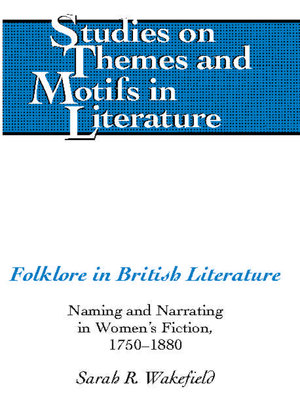Folklore in British Literature
ebook ∣ Naming and Narrating in Womens Fiction, 1750-1880 · Studies On Themes and Motifs In Literature
By Horst Daemmrich

Sign up to save your library
With an OverDrive account, you can save your favorite libraries for at-a-glance information about availability. Find out more about OverDrive accounts.
Find this title in Libby, the library reading app by OverDrive.



Search for a digital library with this title
Title found at these libraries:
| Library Name | Distance |
|---|---|
| Loading... |
Folklore provides a metaphor for insecurity in British women's writing published between 1750 and 1880. When characters feel uneasy about separations between races, classes, or sexes, they speak of mermaids and «Cinderella» to make threatening women unreal and thus harmless. Because supernatural creatures change constantly, a name or story from folklore merely reinforces fears about empire, labor, and desire. To illustrate these fascinating rhetorical strategies, this book explores works by Sarah Fielding, Ann Radcliffe, Sydney Owenson, Charlotte Brontë, George Eliot, Anne Thackeray, and Jean Ingelow, pushing our understanding of allusions to folktales, fairy tales, and myths beyond «happily ever after.»







